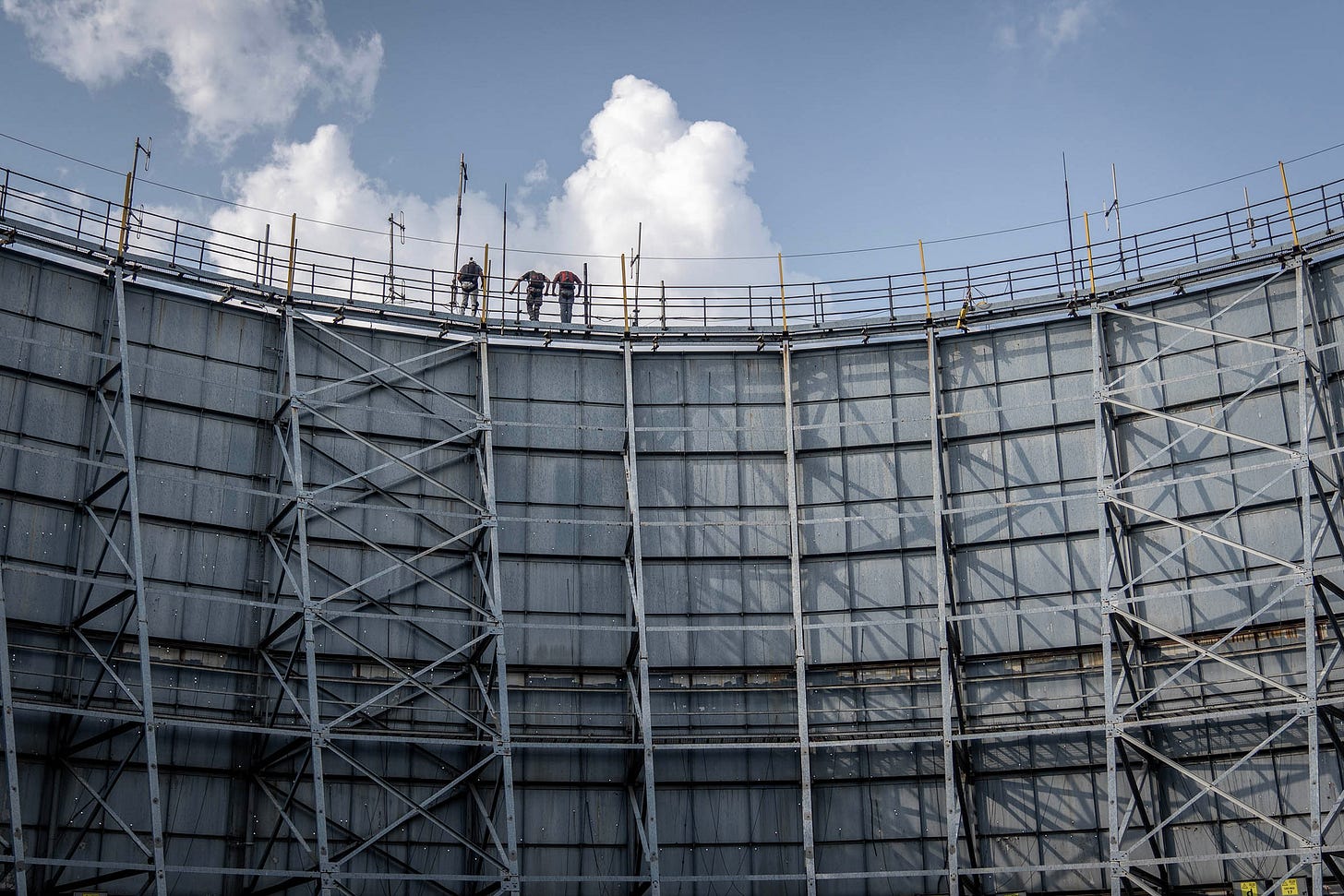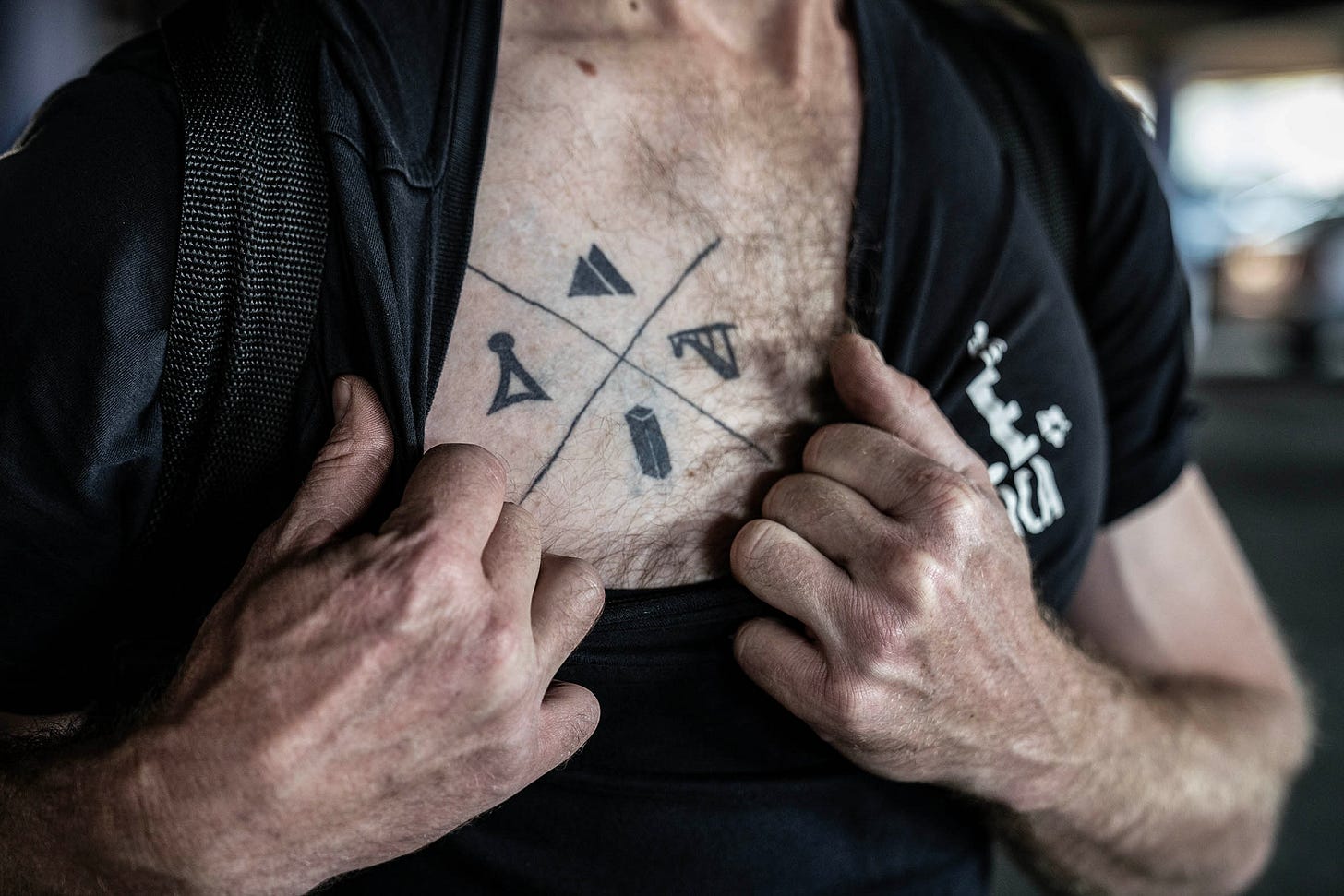All Photos: Shiraz Mohamed
It’s a Sunday morning in Berea, Johannesburg, outside the iconic Ponte Towers – the circular, hollow skyscraper that is so integral to the city’s skyline. Kids are playing in a nearby park, people are milling at a street corner. Suddenly, the calm is broken by the crack of a canopy opening overhead.
A person falls slowly from the sky.
It’s Rudi Serfontein, a base jumper. Unlike skydivers who leap from moving aircraft, base jumpers jump from fixed objects: buildings, antennas, spans, and earth – hence the acronym.
Although base jumps are from a lower height than skydiving, they are considered to be significantly more dangerous than skydives. Two people have died doing it in South Africa, with 496 deaths around the world since April 1981.
“Base jumping is probably the most dangerous sport a person can do,” says Rudi, who is also an experienced skydiver. He has done more than 700 jumps in 10 years. The jumpers leap with a highly specialised parachute strapped to their backs, and occasionally wear a wingsuit.
Unlike skydivers, who have a reserve chute in case the primary does not deploy, base jumpers have no backup. Once they jump, it’s between them, the gods and that single, highly-specialised parachute.

Why jump, then?
“Even though most people would think base jumpers are reckless, we are in fact very professional in what we do,” says Rudi. When he jumps, he says he feels free, invincible and accomplished.
The South African base jumping community is small, with around 30 jumpers. One of their favourite jump after the jumper signs an indemnity form.
The sport is growing fast globally with events like the World Wingsuit League in China, Bridge Day at New River Gorge bridge in the US and the KL Tower Boogie in Malaysia.
While it is unregulated in South Africa, regulatory bodies are starting to form elsewhere. The Swiss Base Association, for example, works with authorities, locals and other air sport parties such as paragliders to keep the sport safe for everyone involved.









